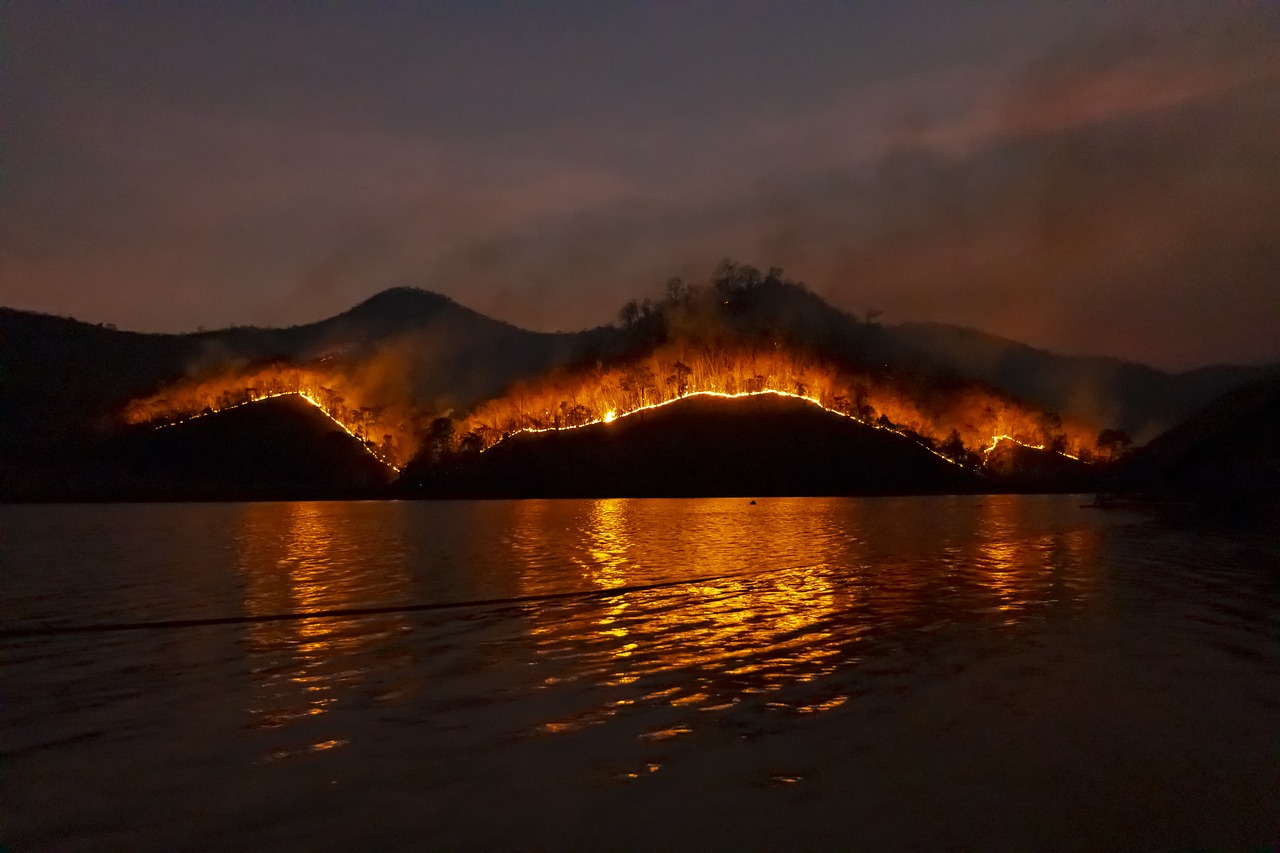
Vocabulary:
- habitat /HAB-i-tat/
- pose /pohz/
- official /uh-FISH-uhl/
- migration /mahy-GREY-shuhn/
- chemical /KEM-i-kuhl/
[noun] – the natural environment in which an animal or plant usually lives
Forests and wetlands are vital habitats for many species of birds.
[verb] – to cause something, especially a problem or difficulty
The new law poses a challenge for small businesses.
[noun] – a person who has a position of responsibility in an organization, especially a government organization
Local officials are working hard to improve public transportation.
[noun] – the process of animals moving from one place to another at different times of the year
The migration of birds happens every autumn and spring.
[noun] – any basic substance that is used in or produced by a reaction involving changes to atoms or molecules
Cleaning products contain strong chemicals that can be harmful if not used properly.
Article reading:
Rather than the fire itself, the main concern is the firefighting effort and the potential aftermath that the fire presents, which can cause significant threats to the salmon habitats. Fire retardants, although necessary, are toxic to fish, and heavy rains could later wash ash, chemicals, and sediment into the creeks, smothering eggs and young fish. This sediment could also lead to a microbial bloom that depletes oxygen levels in the water. Experts have emphasized that the salmon, which have been declining due to factors like dam construction and water diversion, are now facing an even more precarious situation. Conservation efforts, such as a hatchery program initiated by state and federal wildlife agencies, aim to safeguard the species, but the immediate threat from the Park Fire adds another layer of urgency to these efforts.
Discussion Questions:
- Do you have any personal experiences with wildfires or natural disasters? If so, how did it affect you or your community? If not, what do you think are the most important things to do during a wildfire?
- Have you ever visited a natural habitat that was home to endangered species? If so, what did you learn from that experience? If not, is there any specific endangered species that you would like to learn more about?
- Do you agree that more efforts should be made to protect endangered species like the Chinook salmon?
- How can firefighting methods be improved to minimize harm to wildlife and their habitats?
- What are some of the long-term impacts of wildfires on ecosystems, and how can they be mitigated?
Summarization
Describe:
- critical
- spawn
- juvenile
- aftermath
- precarious